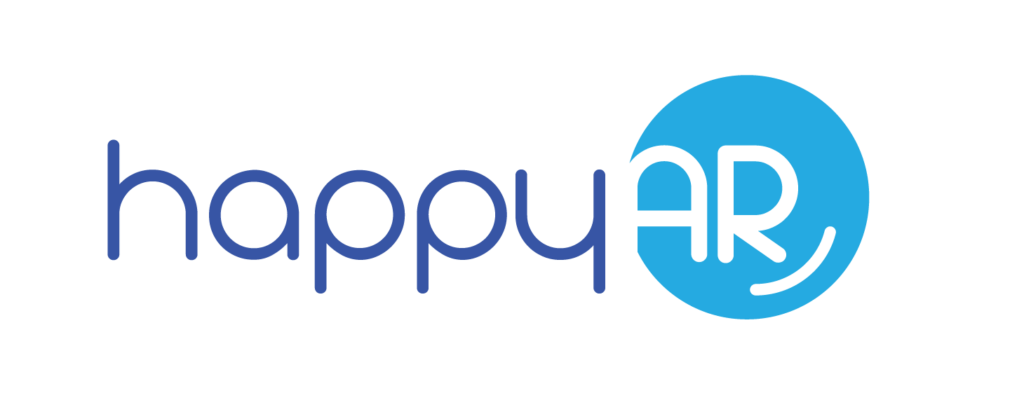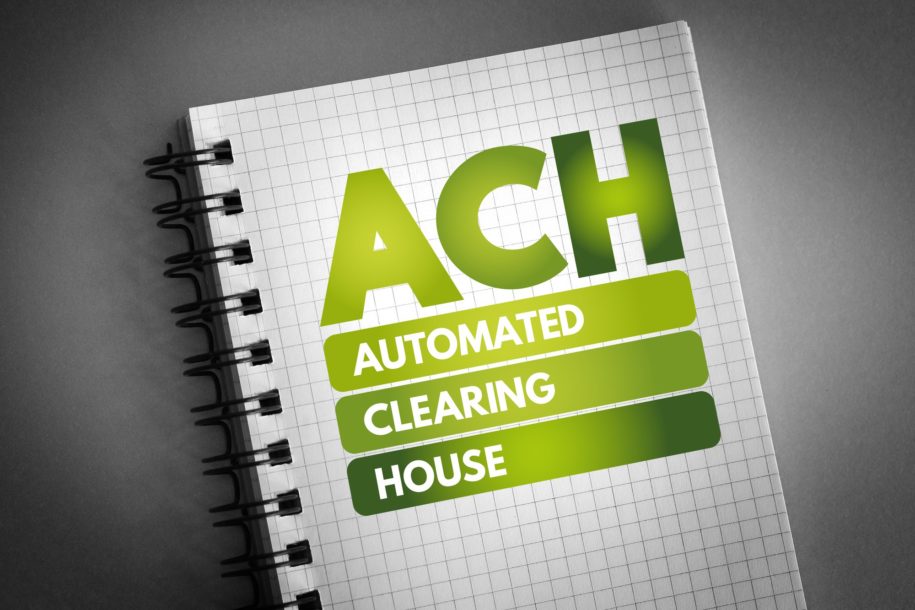An ACH payment is a type of electronic payment initiated through the Automated Clearing House Network. The payment is initiated between two banks or between two bank accounts that are held by the same bank.
The ACH Network is overseen by an association known as Nacha, formerly the National Automated Clearing House Association. Nacha establishes the rules for all ACH transfers within the United States. It aspires to ensure that all ACH transfers are safe and effective.
Potential transactions that use the ACH system include government payments, consumer transactions, and business-to-business disbursements. In some cases, ACH transfers may occur between international accounts, but this is relatively rare.
ACH payments are different from other payment methods such as credit cards, wire transfers, paper checks, or cash. They occur directly between two bank accounts, eliminating any other type of payment tool.
The ACH system is available worldwide, but it’s not usually used within the European Union, the UK, or anywhere else outside the United States and its territories. When a bank transfer is required internationally, a wire payment will usually be used since it may be much faster than the ACH system.

What Are the Two Main Types of ACH Transactions?
ACH transactions can be classified into two types: direct deposits and direct payments.
A direct deposit is when a business or individual receives money. Direct deposits are typically used for payments from businesses or from the government to an individual consumer, such as for payroll purposes. They can also occur when government Social Security benefits or tax refunds are sent.
A direct payment occurs when there is a transaction between two bank accounts to make or receive payments. This can occur between businesses or individual consumers. For example, you may send payments to family, purchase a product or service, or pay bills using ACH.
Businesses may also pay their bills or purchase products from another company using ACH. A direct payment occurs when money is sent to an individual or a business. Software apps such as Venmo and Zelle facilitate the use of the ACH system between friends and family.
What Is the Difference Between ACH Payments and Wire Transfers?
The main difference between ACH payments and wire transfers is how they are processed. ACH payments are processed three times per day in batches. On the other hand, wire transfers are processed immediately after they are initiated by an individual or business.
Wire transfers can be quite expensive, depending on the bank and the amount transferred. In some cases, fees may be as high as $60. ACH transfers are much cheaper; they generally cost less than a dollar for banks to process.
Another difference between ACH and wire transfers is the speed at which they are received. While wire transfers may be instantaneous or be completed within one day, ACH transfers may take up to several days to process.
How Do ACH Payments Work?
Outside of the ACH network, there are two other intermediaries involved in processing ACH payments. These are the Originating Depository Financial Institution (ODFI) and the Receiving Depository Financial Institution (RDFI).
As an example, consider a homeowner who has decided to make regular monthly payments for their electricity services. During the initial contract setup, they provide their account information, including their routing number and account number, to the utility company and agree to have a payment sent automatically on the 15th of each month.
When the ACH payment occurs, the utility company’s bank will send a request to the homeowner’s bank for payment.
The utility company’s bank operates as the ODFI, while the homeowner’s bank operates as the RDFI. Both banks communicate with each other, and the money is transferred from the homeowner’s account to the utility company’s to pay the utility bill.
How Long Does It Take for ACH Payments to Process?
Nacha sets the rules for ACH processing times. Under their terms, direct payments can be processed within a business day or up to two days. Direct deposits must be processed by the next business day.
Receiving banks may hold any transferred funds for a day or two for processing purposes. Thus, it’s possible for ACH payments to take between three and five business days before they are finalized.
How Much Do ACH Payments Cost?
ACH payment costs will differ by the payment provider and the bank. Some processors charge a flat rate, which is usually less than a dollar. In other cases, processors may charge a percentage of the transaction. The percentage fee varies from 0.5% to 1% per transaction. Providers sometimes charge an additional monthly fee, which may vary.

What Are the Advantages of Accepting ACH Payments?
There are a number of benefits to accepting ACH payments.
1. It’s Cheaper than Credit Card or Debit Card Payments
ACH payments are cheaper to accept and send than credit card or debit card payments. Oftentimes, companies that accept card payments must pay a percentage of their receipts for the use of the card network. That percentage can vary from 1.3% to 3.5%, depending on the card provider.
2. ACH Debit Allows You to Decide When You Are Paid
While wires must be implemented by the sender, ACH debit transactions can be agreed upon by the purchaser and seller in advance.
Thus, if you normally make a monthly payment to a utility provider, cell phone company, or other business, you can agree to have the money automatically withdrawn from your account. This can occur on a set date that you both agree on.
This is beneficial to companies, as they will have better insight into their incoming receivables and are less likely to incur late or missed payments or insufficient funds. It reduces time spent chasing after customers for payment and can result in a more predictable cash flow.
Customers won’t need to worry about initiating a payment or remembering to submit a check for services they’ve purchased. This results in less hassle and ensures their transfer of funds is automatic.
3. ACH Has a Lower Payment Failure Rate
When customers decide to pay via automatic card payment, companies run the risk that their card may eventually fail or be declined. Credit cards have an expiration date, and if the customer doesn’t update them in time for payment, the business may lose incoming receipts. This can result in an inconsistent cash flow.
What Are the Disadvantages of Accepting ACH Payments?

While the benefits of accepting ACH payments are clear, there are also some drawbacks. These include:
1. Slow Processing Speed
Since ACH transfer is a batch process that occurs several times a day, it may take between one and three days for the money to be available to the payee. For companies that want immediate access to money, ACH can slow down the process.
In addition, ACH transfers are usually not processed on the weekends or on holidays, except in certain cases. This can result in additional time spent waiting for funds.
2. Transaction Limits
Most banks set a limit on how much money can be sent via an ACH transfer. These limits may be based on the individual transaction, daily monetary thresholds, or monthly caps. Some banks may set limits on actual bill payments, while others may limit transfers to other banks.
For example, Zelle and Venmo have transaction limit thresholds that they have established for transactions that occur between their customers.
Nacha also limits the number of money transfers between a savings account and a checking account each month. Currently, only six such withdrawals are allowed to move money each month. If a bank sees that money transfers between savings and checking occur too often, they may convert a savings account to a checking account.
3. No International Transfers
Nearly all US banks prohibit international transfers using the ACH system. Instead, international transactions must be handled in other ways, either via wire or a credit card. Unfortunately, both of these methods are more expensive than ACH.
Can a Small Business Use the ACH System?
Small businesses are not allowed by Nacha to be an ODFI or RDFI in an ACH transaction. However, you can use your bank or an ACH payment system to run ACH payments. A number of ACH processors make their services available to small businesses.
Some of the more well-known ACH payment processing services companies include GoCardless, PaymentCloud, and Stripe. If you are a small business owner and wish to use ACH, you should research the different payment options available to you and choose the one that makes the most sense.
When making a decision, you’ll want to consider the company’s reputation, its pricing, and its ease of use. Using one of these services may allow you to set up easy recurring payments for your customers. It will also help you provide more effective payment services that your clients will appreciate.
HappyAR is a seamless SaaS that quickly and easily boosts your accounts receivables work. We have simple monthly pricing that includes unlimited users and unlimited invoice escalations. There's no long-term contract and you can try HappyAR for free.

